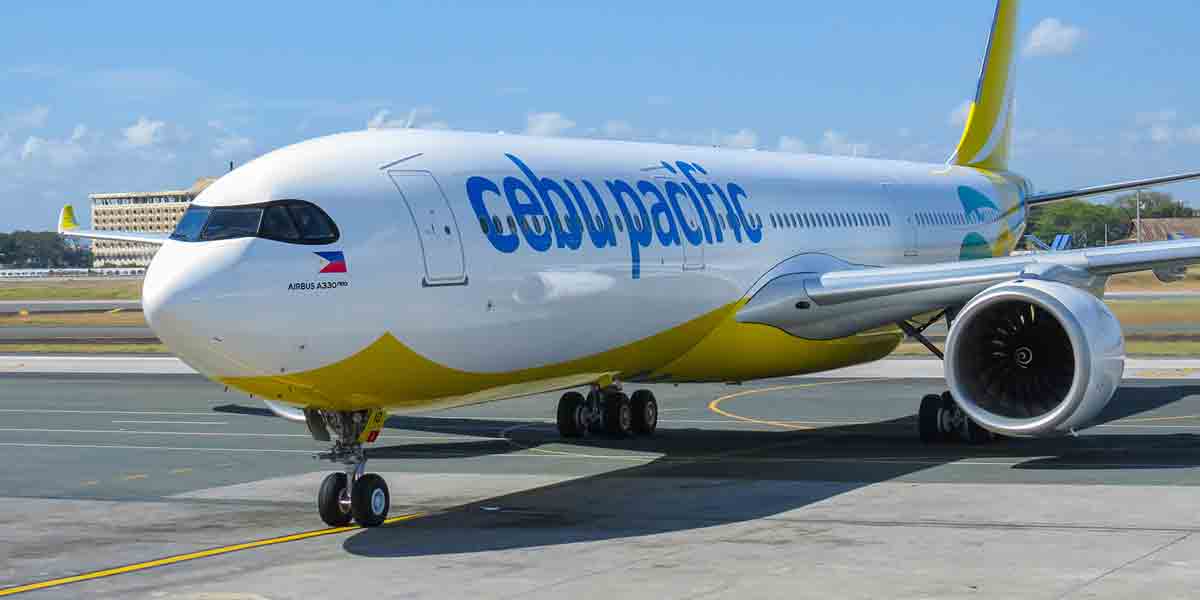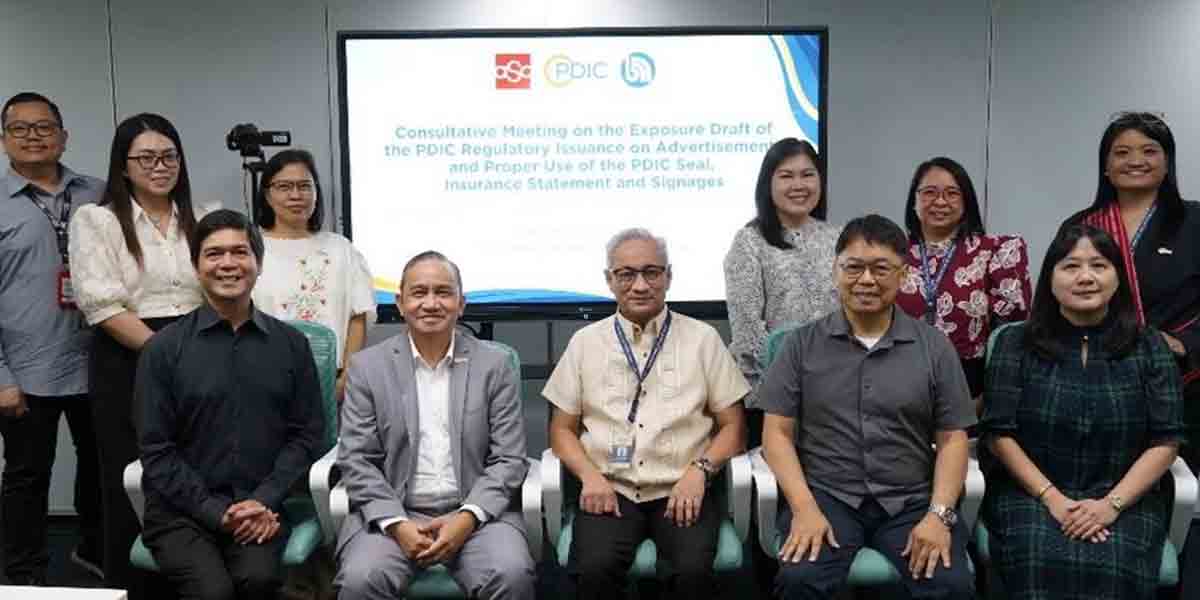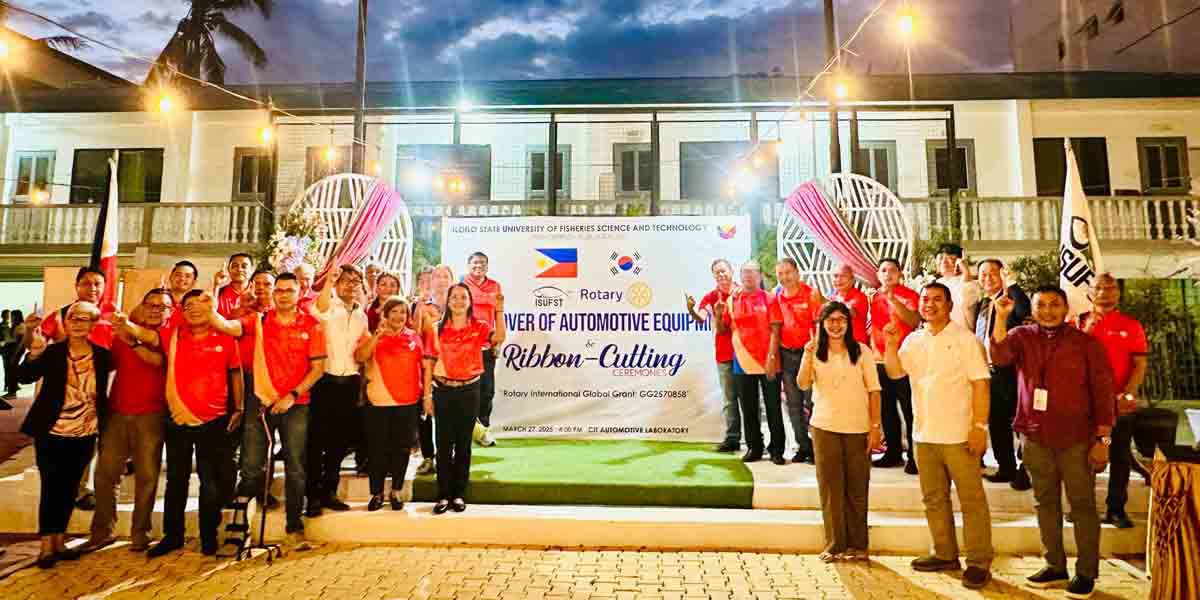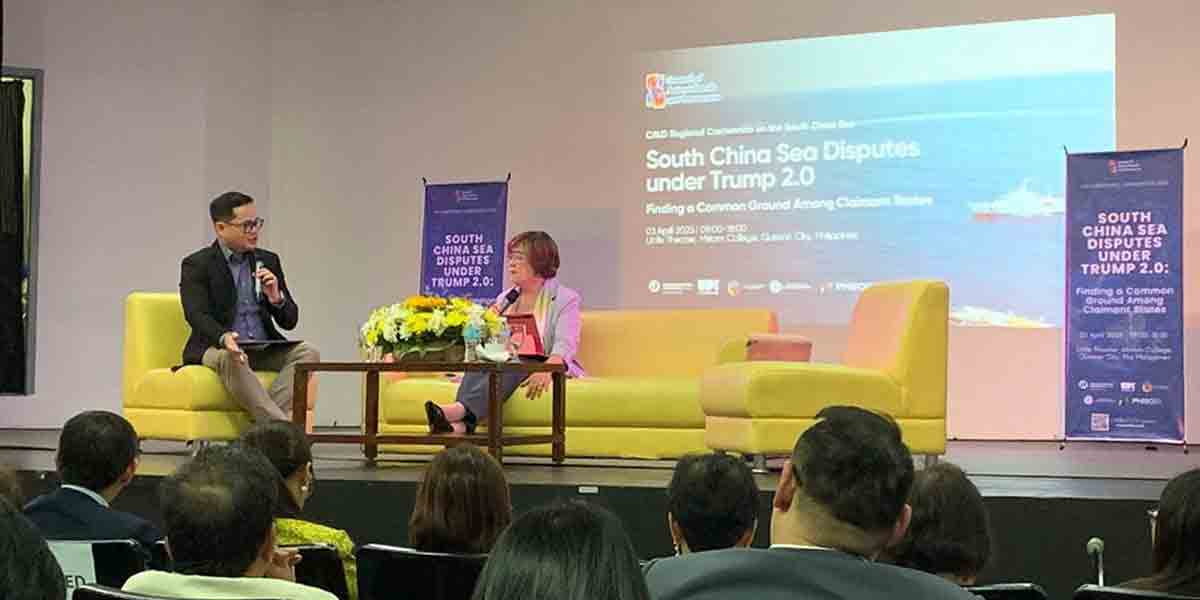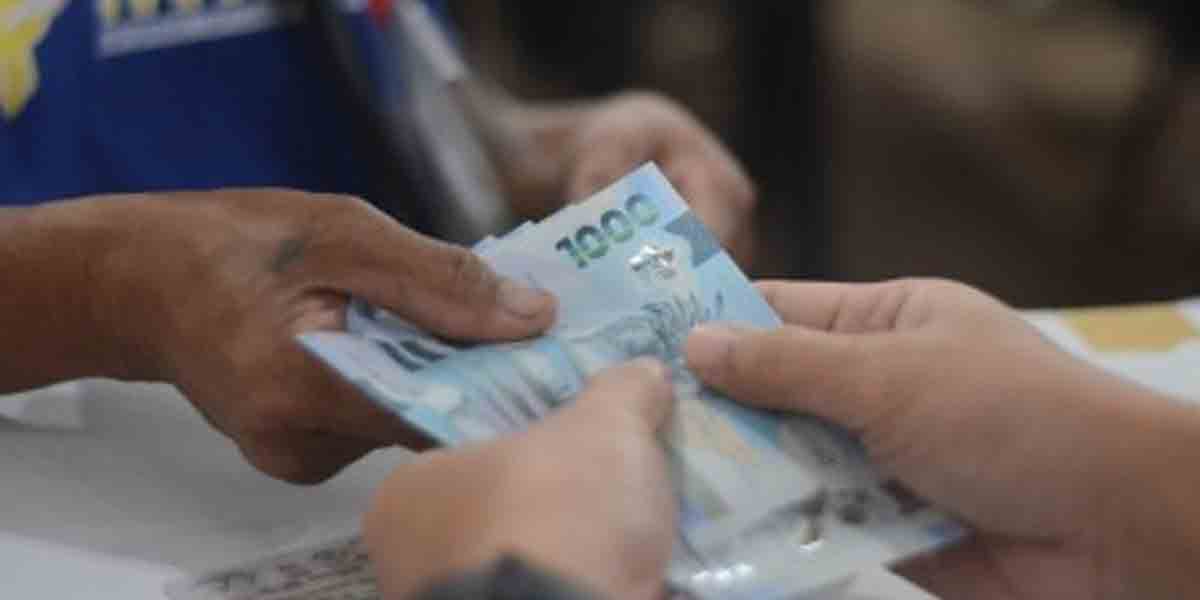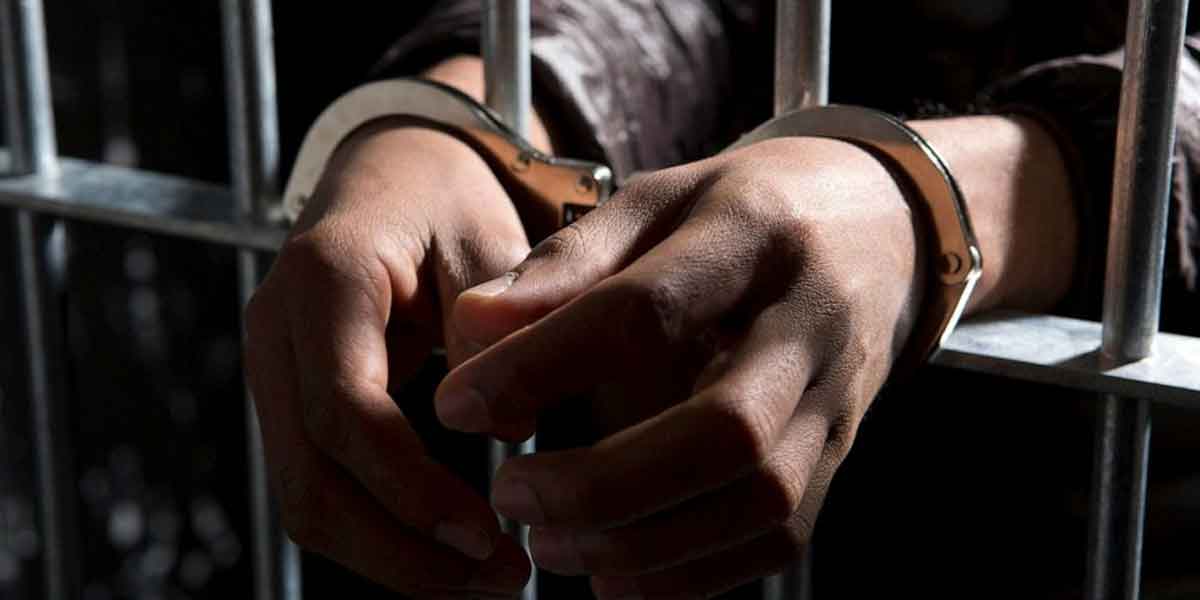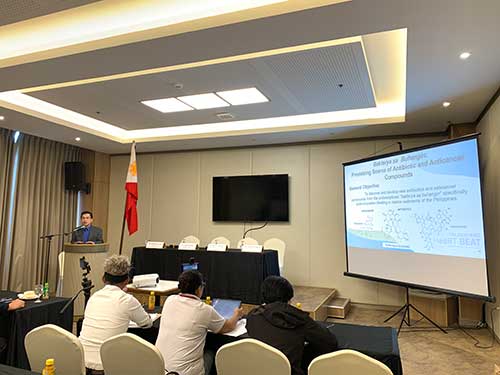
By Rjay Zuriaga Castor
A groundbreaking study from the University of San Agustin (USA) has discovered the potential of bacteria from marine sediments in northern Iloilo to produce antibiotic and anticancer agents.
Dr. Jonel Saludes, co-investigator of USA’s Tuklas Lunas Project, said the team is working to develop compounds from actinomycetes bacteria found in marine sediments from the waters off northern Iloilo and near Isla de Gigantes in Carles.
“The workflow starts with collection, and now, in 2024, we’re understanding how compounds produced by marine bacteria work in killing infectious bacteria,” Saludes told Daily Guardian.
The project, led by Dr. Doralyn Dalisay and launched in 2016, received PHP56.65 million in funding from the Department of Science and Technology-Philippine Council for Health Research and Development (DOST-PCHRD).
The USA research team has isolated 10 promising compounds, several of which are undergoing preclinical testing, which includes testing with cell cultures and animals to evaluate safety, efficacy, and dosage before advancing to human clinical trials.
Saludes noted that rising mortality rates from infectious diseases and cancer in the Philippines are aggravated by antibiotic resistance.
“Current antibiotics on the market prescribed by doctors no longer work effectively because bacteria have developed resistance. So, we urgently need new antibiotics, and the same goes for cancer treatments,” he explained.
The project is expected to be completed by May 2025, with the primary goal of developing locally sourced antibiotics and anticancer drugs.
Ullyann Garcia of DOST-PCHRD said the timeline for making these drugs commercially available remains distant, as they must undergo extensive testing and clinical trials.
“It goes through many stages. There will be tests for safety, efficacy, and a series of clinical trials to ensure it is safe and effective before public availability,” she said.
PATENT SECURED
In February, USA obtained the first Philippine patent for health research in Western Visayas, valid until April 2041.
This patent, titled “Isolated Bacterial Strain of the Genus Streptomyces and Antibiotic Metabolites Therefrom,” describes the antibiotic potential of beneficial bacteria found in Iloilo’s marine sand.
The patent grants USA exclusive rights to develop, sell, and manufacture potential products from this discovery.
Saludes emphasized that this intellectual property protection is crucial to ensuring that the benefits of these discoveries stay within the Philippines. He compared the current research to the discovery of erythromycin, an antibiotic developed from Iloilo but without direct financial benefit to Filipinos.
“Erythromycin, commercially known as Ilosone, was discovered over 70 years ago by an international company—not a Filipino company—yet its source was Iloilo City,” Saludes explained.
Erythromycin was first discovered by Filipino physician Dr. Abelardo B. Aguilar in Iloilo City in 1949 from soil samples, where he identified a strain of bacteria with strong antibacterial properties.
“We end up buying the commercial product with no direct financial benefit to Filipinos,” he added.
Aguilar’s discovery has inspired Saludes’s team to identify a related strain of the antibiotic-producing bacteria in Iloilo’s marine sediments.
“These bacteria have relatives, or ‘cousins’ in layman’s terms, living in marine sediments,” he said.
Saludes said they have collaborated with the local government of Carles to implement safeguards around sampling areas to protect them from contamination and ensure their preservation for ongoing research.







